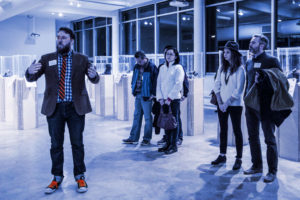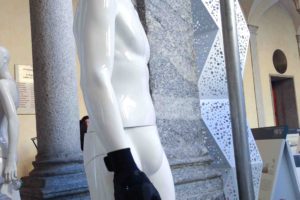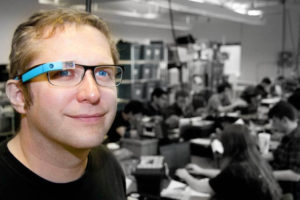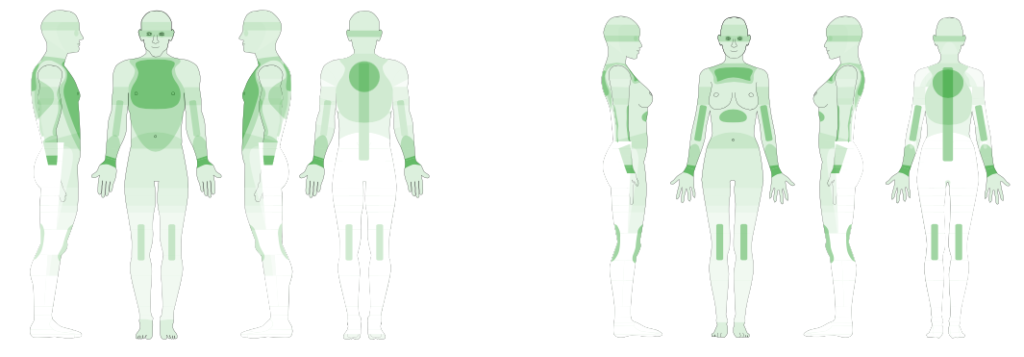
Whenever designers start out to create a piece of wearable technology there are some standard human factor considerations that we all have to think through. These might include where on the body it is the easiest to sense certain bio signals or types of movement, or they could include factors surrounding the social acceptability of interacting with on-body interfaces. It might be important to understand the human body’s ability to feel and recognize vibration and on-body location. In any case academic literature on these human factors topics is broad and dispersed through the many different disciplines associated with wearable technology. Although there have been attempts to collect this information in survey papers on the subject of designing wearable technology, new information comes out quickly and compiling all the information necessary is difficult in the format of an academic conference article. These survey articles directed at the computing science (or other specific) community might also not have impact with the design community at large.
What is also important to consider at the beginning of a wearable technology project is how the decisions made about the interface and on-body location effect accessibility. Poor decisions made in the beginning of a project can greatly effect accessibility and the ability of a large part of the population to use a wearable device. These decisions about interfaces and displays can be very hard to overcome at the end of a project and often can lead to additional costs and applique style add on accessibility solutions that do not seem cohesive with the original design.
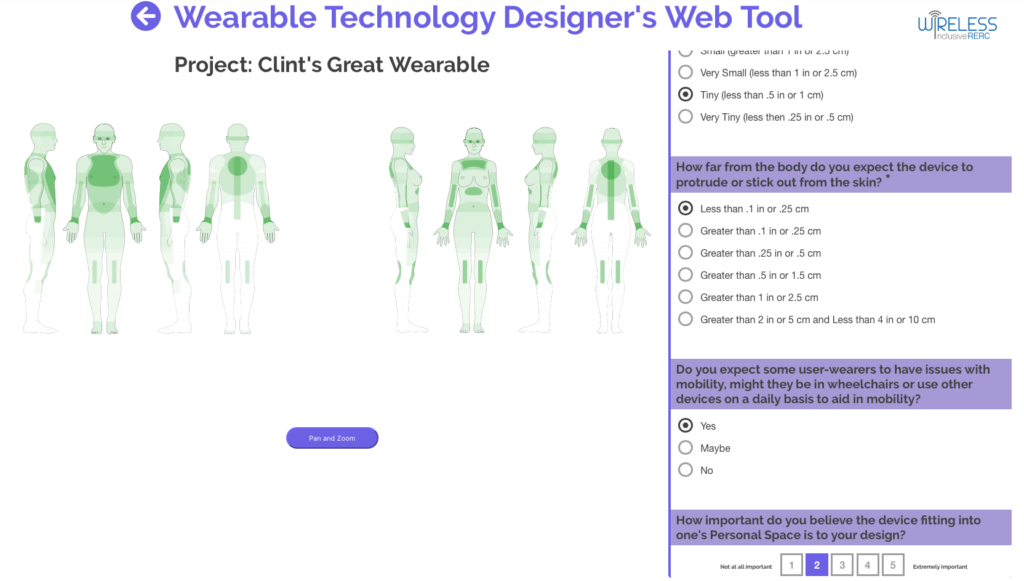
The Wearable Technology Designer’s Web Tool is a tool that leads designers / developers through a series of questions about their wearable technology project. The questions are designed to force designers to think of all options at the beginning of a project, illuminating opportunities and shortcomings in accessibility caused by decisions along the way. As the designer makes selections pertaining to the purpose and interaction styles of their project a body map builds in real time showing where on the body the technology might best be placed. When all the questions are answered the tool creates a .pdf with the body map and all pertinent design and accessibility considerations for the project (including an extensive list of academic references for deeper research).
We would like to invite you to participate in the ISWC / UBICOMP (Sept 21 – 26, 2021 Virtual) Wearable Technology Design and Accessibility Tutorial. In this workshop we will explore how to develop a robust set of design and accessibility considerations (guidelines) for wearable technology. We will try out a new Wearable Technology Designer’s Web Tool (WTDWT) and discuss what features or information it might be missing. At the core of our workshop is an effort to understand how to train designers and developers of wearable technology to think about all users and accessibility.
There is no required submission to participate in this workshop, however we ask that you come to the workshop with a basic wearable technology idea or product you would like to create. We will form groups and work through the early stages of the design process for some of these ideas using the WTDWT.
Participants will receive a .pdf document of information tailored to their projects. Participants will be able to use the WTDWT for future projects and allow their students to use the tool as well. We hope through discussion to collect new information and considerations that might make the tool more useful.
WORKSHOP: Sept 25th, 2021, 09:30-14:00 EDT
Tutorial Schedule 9:30AM – 2:00PM EDT
9:30AM Introductions and Joining Teleconference – 30 min
10AM Overview and Presentation – 30 min
10:30AM – 12PM Wearable Technology Designer’s Web Tool (WTDWT) Activity – 90 min
Break – 30 min
12:30PM Presentations of outcomes – 45 min
Break – 15 min
1:30PM Discussion – 45 min
2:15PM Survey – 15 min
Collection of proposed Design and Accessibility Considerations and changes to WTDWT.
Collection of new academic references.
Register and apply at https://iswc.net/iswc21/program/workshops/

